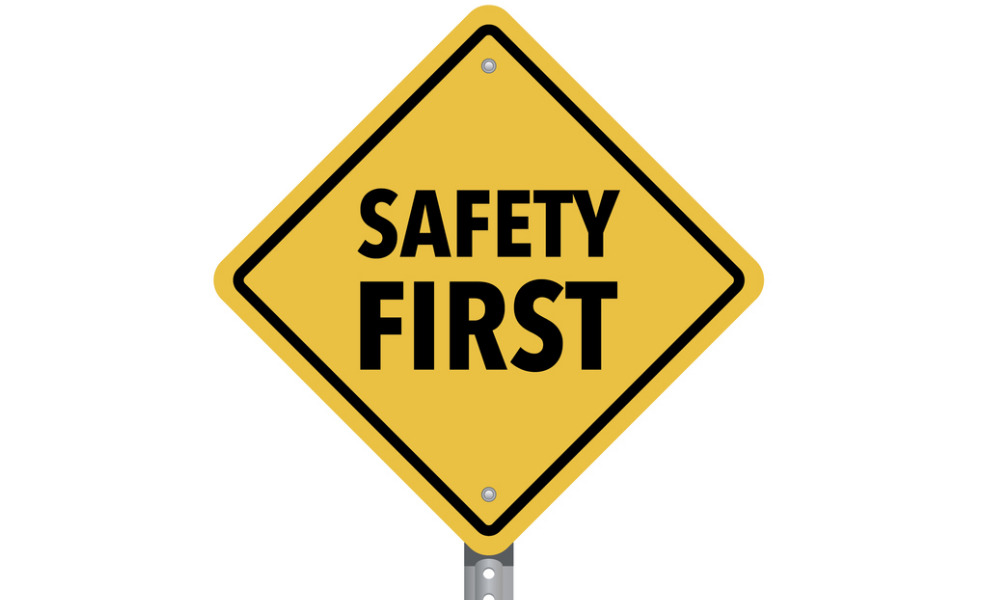Charged with bringing power back to many, Matt Drover says processes and orientation are paramount

The weather radar showed Hurricane Fiona would almost certainly hit Atlantic Canada and preparations needed to be made. Matt Drover is Nova Scotia Power’s Storm Lead and Senior Director of Transmission and Distribution Operations. It’s up to him to help guide his province through the darkness.
“Tonnes of pressure, but at all times safety is our number one priority,” says Drover, who knew Fiona was going to be big, but says he couldn’t have foreseen the sheer power of the winds.
“They brought thousands of trees to the ground, they broke hundreds of poles, and in some cases we have full streets where every single pole on that street is now on the ground,” says Drover.
A total of 415,000 customers lost power at the height of the outage, that’s about 80 percent of the province of Nova Scotia. When an event like this happens, prioritizing can be the difference between life and death. According to CBC, thousands of people remain without power 10 days after the province's worst storm in 100 years.
Who and which locations receive attention first is pretty simple according to Drover. He says risks to the public need to be remedied immediately. Live wires on the ground, hanging in trees, or dangling across homes or vehicles pose a serious danger. “Those are given the number one priority. So we send crews out to remove those downed wires first.”
The Canadian Armed Forces and the Department of Natural Resources bolstered Nova Scotia Power’s ranks, and there are now more than 1,400 people in the field working to get the electricity flowing again.
“So all those people we brought in from outside the province, they come into the province and we give them a safety orientation, or we walk them through all the safety processes that we have before they do any work,” says Drover.
Vehicles, bucket trucks, tools and personal protective equipment were checked and supplied as necessary. Then the teams were deployed across the province, with a major focus on the harder hit eastern regions of Truro, Antigonish, and Cape Breton.
Nova Scotia Power focused on getting the transmission system up and running, which are the lines that start at the power plants and connect to sub-stations. Then they start getting power back into individual communities with a focus on emergency facilities like hospitals, water treatment plants, and other essential providers. “And then once those are restored we focus on getting power back into the communities themselves, individual neighbourhoods, and then finally individual companies.”
The blueprint was clear, but the picture on the ground proved to be a lot more messy. “It’s definitely challenging,” says Drover, who described scenes of roofs torn off and scattered across streets, trees toppled in all directions and a plethora of other unexpected hazards. Drover says when crews arrive, the first task is clearing a path and creating a safe environment to work. The Canadian Armed Forces and the Department of Natural Resources tackle that.
Once the path is cleared, communication among the hydro workers is critical. Drover says everybody needs to know exactly who is doing what and when. "We do a detailed risk assessment before they start and once everything is safe, they rebuild that line.”





